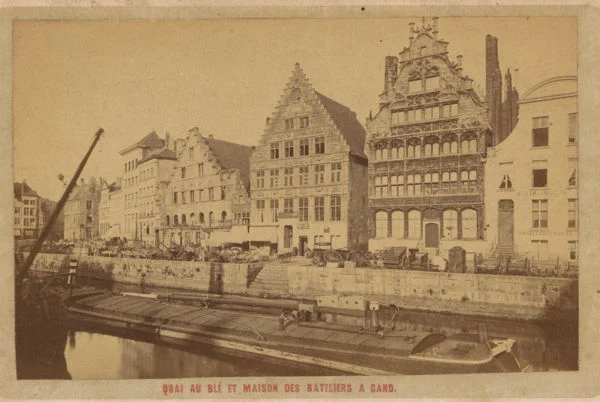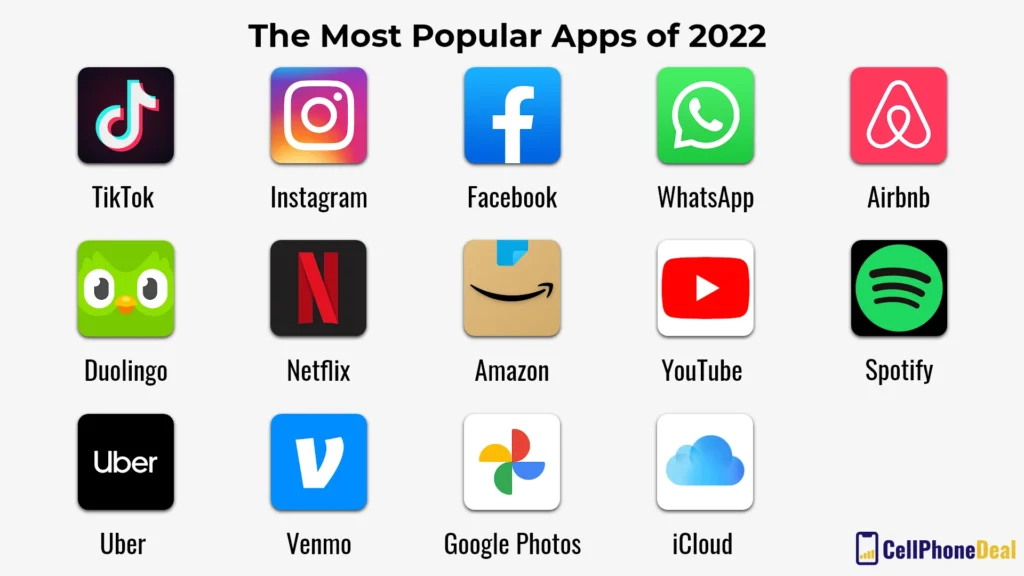Augmented Reality (AR) apps are revolutionizing the way we interact with digital content by overlaying virtual elements onto the real world, thus Bringing Digital Experiences To Life. These apps use the camera on a smartphone or tablet to create an immersive, interactive experience that blurs the line between the physical and digital worlds. With AR apps, users can explore virtual objects, play games, and access information in ways that were once only possible in science fiction.
One of the most intriguing aspects of Augmented Reality Apps is their ability to enhance real-world experiences with digital elements. By seamlessly integrating virtual objects into the physical environment, AR apps can provide users with a whole new level of engagement and interactivity. Furthermore, these apps have the potential to revolutionize industries such as education, retail, and entertainment by offering unique and personalized experiences. As the technology continues to evolve, the possibilities for AR apps are virtually limitless, making them an exciting and rapidly expanding field in the world of digital technology.
What is Augmented Reality?
Augmented Reality (AR) is a technology that superimposes digital information such as images, videos, or 3D models onto the real world environment. Unlike virtual reality, which creates a completely immersive digital experience, AR enhances the real world by adding virtual elements to it. This is typically achieved through the use of a smartphone or tablet camera and AR apps, which overlay the digital content onto the live view of the physical world.
AR technology has gained popularity in various industries, including gaming, education, retail, and marketing. It allows users to interact with digital content in a more immersive and engaging way, blurring the lines between the digital and physical realms. With the advancement of AR technology, the possibilities for creating unique and interactive digital experiences in the real world are constantly expanding.
How Augmented Reality Apps Work
Augmented Reality apps work by utilizing the camera and sensors on a smartphone or tablet to scan and analyze the user’s surroundings. Once the app has identified the physical environment, it overlays digital content onto the live view displayed on the device’s screen. This digital content can range from simple graphics and text to complex 3D animations and interactive elements.
AR apps often use markers or triggers, such as QR codes or image recognition, to accurately position and anchor the virtual content within the real world. Additionally, some AR apps incorporate GPS and location-based data to provide location-specific augmented experiences. The seamless integration of digital content with the physical environment creates a compelling and interactive user experience that blurs the boundaries between the real and virtual worlds.
The Evolution of Augmented Reality Technology
Augmented Reality technology has evolved significantly since its inception, with advancements in hardware and software enabling more sophisticated and immersive AR experiences. Early AR applications were limited by the capabilities of mobile devices and often struggled to accurately overlay digital content onto the real world. However, with the introduction of advanced camera systems, depth-sensing technology, and powerful processors, modern AR devices can deliver highly realistic and seamless augmented experiences.
Furthermore, the development of AR development platforms and tools has made it easier for developers to create AR apps and experiences. This has led to a proliferation of AR content across various industries, from entertainment and gaming to education and enterprise. As AR technology continues to advance, we can expect to see even more innovative and practical applications emerge, further integrating digital experiences into our daily lives.
The Impact of Augmented Reality on User Engagement
Augmented Reality has had a significant impact on user engagement, offering a more interactive and immersive way for users to interact with digital content. AR apps provide a unique and personalized experience that captures the user’s attention and encourages active participation. By blending digital elements with the real world, AR creates a sense of wonder and excitement that can drive increased user engagement and retention.
Businesses and marketers have also leveraged AR technology to create novel and memorable experiences for their customers. From interactive product demonstrations to location-based AR games and experiences, AR has proven to be an effective tool for capturing and retaining user interest. As AR technology continues to advance, the potential for creating compelling and engaging user experiences will only grow, further solidifying its impact on user engagement.
Augmented Reality in Education and Training
Augmented Reality has found numerous applications in the field of education and training, offering immersive and interactive learning experiences. AR apps can overlay educational content, such as 3D models, historical reconstructions, or interactive simulations, onto the real world, providing students with a more engaging and hands-on learning experience. This can help improve retention and understanding of complex concepts by allowing students to visualize and interact with the subject matter in a spatial context.
Furthermore, AR technology has been used for training purposes in various industries, such as healthcare, manufacturing, and maintenance. By overlaying instructional information and virtual guidance onto real-world environments, AR apps can help trainees learn and practice complex procedures in a safe and controlled manner. The immersive and interactive nature of AR makes it an effective tool for enhancing learning and training experiences across diverse fields.
The Future of Augmented Reality and Its Potential
The future of Augmented Reality holds immense potential for transforming how we interact with digital content and the world around us. As AR technology continues to advance, we can expect to see even more seamless and immersive experiences that integrate digital and physical environments in new and innovative ways. From enhanced navigation and information overlays to interactive gaming and entertainment, AR has the potential to become an integral part of our daily lives.
Furthermore, the integration of AR with other emerging technologies, such as artificial intelligence and the Internet of Things (IoT), opens up new opportunities for creating interconnected and intelligent augmented experiences. As AR hardware becomes more accessible and affordable, we can anticipate a surge in AR adoption across various industries, leading to the development of new and impactful applications that redefine how we perceive and interact with the world around us.
Augmented Reality Apps in Retail and E-Commerce
Augmented Reality has revolutionized the retail and e-commerce industry by offering innovative ways for customers to visualize and interact with products. AR apps allow users to virtually try on clothing and accessories, visualize furniture and home decor in their living spaces, and preview products in 3D before making a purchase. This immersive and interactive shopping experience not only enhances customer engagement but also reduces the likelihood of returns by providing a more realistic representation of products.
Additionally, AR apps can provide valuable information and product details overlaid onto physical products in-store, creating a more informative and engaging shopping experience. By leveraging AR technology, retailers and e-commerce platforms can differentiate themselves from competitors and provide a more compelling and personalized shopping experience for their customers.
Augmented Reality Gaming and Entertainment
Augmented Reality has had a profound impact on the gaming and entertainment industry, offering new and immersive experiences for players and audiences. AR games blend digital elements with the real world, allowing players to interact with virtual characters and objects in their physical environment. This creates a more active and engaging gaming experience, encouraging players to move and explore their surroundings while interacting with the game.
Furthermore, AR technology has been used to enhance live events and entertainment experiences, such as concerts, museum exhibits, and art installations. By overlaying digital content onto physical spaces, AR can create interactive and memorable experiences for audiences, blurring the lines between the virtual and real worlds. As AR technology continues to advance, we can expect to see even more innovative and captivating gaming and entertainment experiences that push the boundaries of traditional media.
The Accessibility of Augmented Reality Technology
With the widespread availability of smartphones and tablets, Augmented Reality technology has become increasingly accessible to a global audience. AR apps can be easily downloaded and installed on mobile devices, allowing users to experience augmented content without the need for specialized hardware. This accessibility has democratized AR, making it available to consumers, businesses, and developers alike, and driving its widespread adoption across various industries.
Furthermore, the development of AR platforms and frameworks has made it easier for developers to create AR apps and experiences, lowering the barrier to entry for those interested in exploring AR technology. As a result, we are seeing a diverse range of AR applications, from educational and practical use cases to entertainment and gaming experiences, catering to a broad and diverse audience. The accessibility of AR technology is fueling its continued growth and innovation, shaping the future of digital experiences.
| Topic | Description |
|---|---|
| Definition | Augmented reality (AR) apps are digital applications that overlay virtual information onto the real world, enhancing the user’s perception of reality. |
| Features | AR apps use the camera and sensors of a device to detect the user’s surroundings and superimpose digital content such as 3D models, animations, or information. |
| Applications | These apps are used in various fields including gaming, education, healthcare, architecture, and marketing to provide interactive and immersive experiences. |
| Impact | AR apps have revolutionized the way people interact with digital content, offering new possibilities for engagement and learning. |



